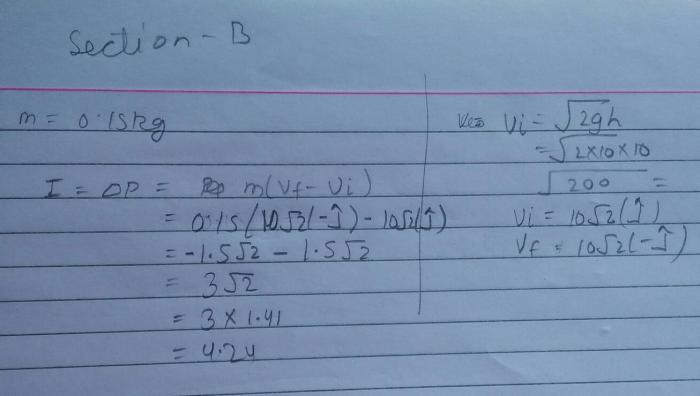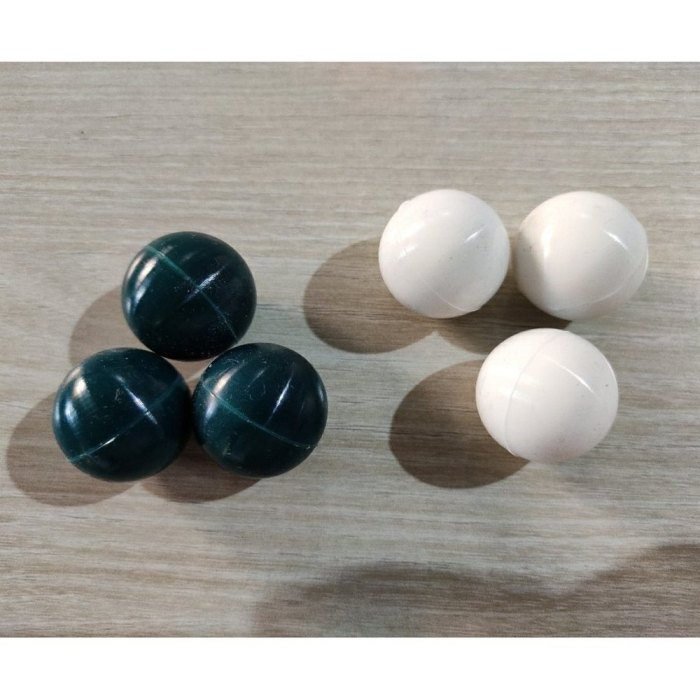Step into the realm of physics as we delve into the intriguing world of a rubber ball with mass 0.20 kg. From its elastic nature to its captivating motion, this spherical marvel holds a wealth of scientific wonders waiting to be explored.
Join us on this journey as we unravel the mysteries that lie within this seemingly ordinary object.
As we embark on this exploration, we will delve into the physical properties that define this rubber ball. Its elasticity, density, and surface texture all play crucial roles in shaping its behavior. We will then venture into the realm of motion and energy, examining how kinetic energy influences the ball’s movement and exploring the factors that govern its bounce height and trajectory.
Physical Properties of a Rubber Ball

A rubber ball is a spherical object made of elastic material, typically rubber. It is characterized by its ability to bounce and its resistance to deformation. The physical properties of a rubber ball play a significant role in its behavior and performance.
A rubber ball with mass 0.20 kg is a simple object that can be used to demonstrate various physical principles. If you’re interested in learning more about statistical process improvement, I recommend checking out six sigma yellow belt answers . Returning to our rubber ball, its mass and other properties can be used to calculate its potential energy and kinetic energy.
Elasticity
Elasticity is the ability of a material to deform under stress and return to its original shape when the stress is removed. Rubber is a highly elastic material, which means that it can be stretched or compressed without breaking. The elasticity of a rubber ball allows it to bounce when it hits a surface.
When the ball hits the surface, it deforms and stores energy. When the ball leaves the surface, the stored energy is released, causing the ball to bounce back.
Density
Density is the mass of an object per unit volume. The density of a rubber ball is typically around 1,000 kg/m³. This means that a rubber ball with a mass of 0.20 kg has a volume of approximately 200 cm³.
The density of a rubber ball affects its mass and its ability to float. Denser objects have a higher mass and are less likely to float than less dense objects.
Surface Texture
The surface texture of a rubber ball can affect its movement. A smooth surface ball will have less friction with the air than a rough surface ball. This means that a smooth surface ball will travel farther when thrown than a rough surface ball.
The surface texture of a rubber ball can also affect its grip. A ball with a rough surface will be easier to grip than a ball with a smooth surface.
Motion and Energy of a Rubber Ball
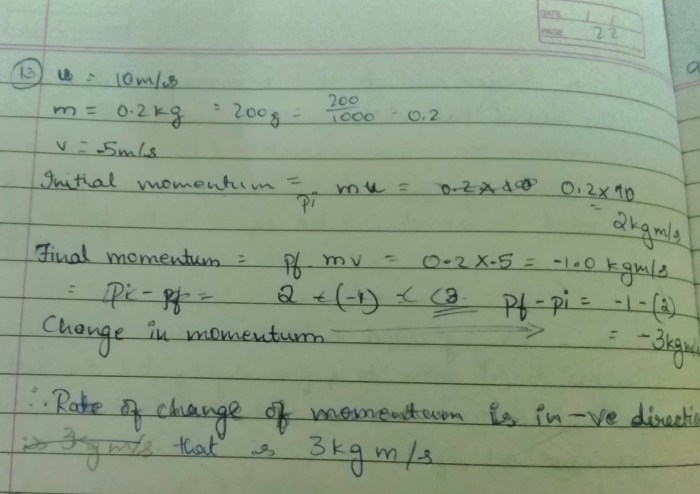
A rubber ball, when in motion, possesses kinetic energy due to its movement. This energy is directly proportional to the ball’s mass and the square of its velocity. Understanding the factors that influence a rubber ball’s motion and energy can help us predict its behavior and trajectory.
Factors Affecting Bounce Height, A rubber ball with mass 0.20 kg
The bounce height of a rubber ball is influenced by several factors, including its mass and velocity. A heavier ball will generally have a lower bounce height than a lighter ball, as more energy is required to lift it to the same height.
Similarly, a ball thrown with a higher velocity will bounce higher than one thrown with a lower velocity.
Trajectory of a Rubber Ball
When a rubber ball is thrown or dropped, it follows a parabolic trajectory. The shape of the trajectory is determined by the ball’s initial velocity and the acceleration due to gravity. The ball will reach its maximum height when its vertical velocity becomes zero, and then it will begin to fall back to the ground.
The ball will continue to bounce until its kinetic energy is dissipated due to friction and other factors.
Forces Acting on a Rubber Ball
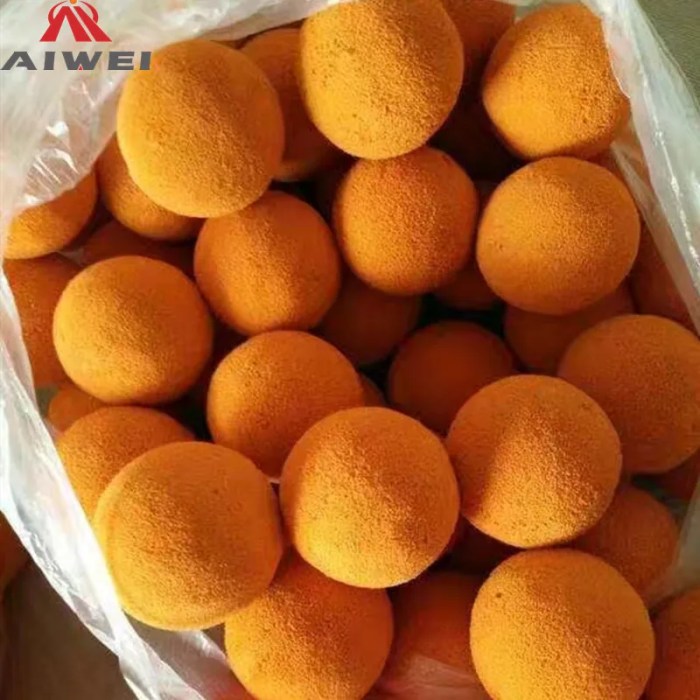
When a rubber ball is thrown, it is subjected to various forces that influence its motion and trajectory. These forces include gravity, air resistance, and friction. Understanding these forces is crucial for comprehending the behavior of the ball during its flight.
Gravity
Gravity is a fundamental force that attracts objects with mass towards each other. In the case of a rubber ball, gravity pulls the ball downwards towards the Earth’s surface. This force is responsible for the ball’s downward acceleration and determines the shape of its trajectory.
Air Resistance
Air resistance, also known as drag, is a force that opposes the motion of an object through a fluid, such as air. As the rubber ball moves through the air, it encounters resistance from the air molecules. This resistance acts in the opposite direction to the ball’s motion, slowing it down and affecting its trajectory.
Friction
Friction is a force that arises when two surfaces in contact slide or roll against each other. When the rubber ball is thrown, it experiences friction with the surface it is thrown from, such as the ground or a person’s hand.
This friction opposes the ball’s initial motion, reducing its speed and altering its trajectory.The mass of the rubber ball influences the strength of these forces. Heavier balls experience stronger gravitational forces, while lighter balls experience weaker gravitational forces. Similarly, heavier balls encounter greater air resistance and friction compared to lighter balls.
These factors contribute to the differences in motion and trajectory observed for balls of different masses.
Applications and Uses of Rubber Balls
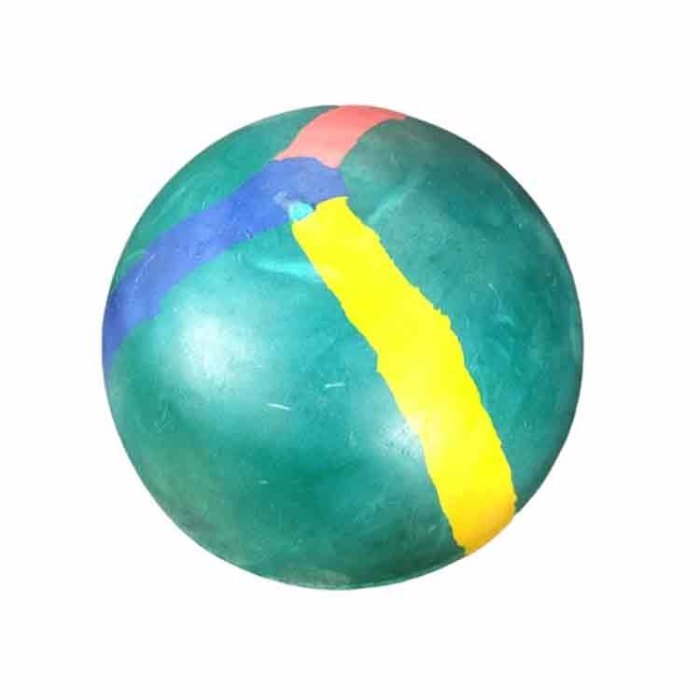
Rubber balls, with their unique properties, find diverse applications across various domains. Their elasticity, resilience, and durability make them ideal for a wide range of uses.
Sports
Rubber balls play a pivotal role in numerous sports, including basketball, soccer, tennis, and volleyball. Their ability to bounce consistently and withstand repeated impacts makes them suitable for competitive sports. The grip provided by rubber balls enhances control and accuracy during play.
Recreation
Rubber balls are a staple in recreational activities. They are used for bouncing, juggling, and playing games like catch and dodgeball. Their lightweight and bouncy nature make them a popular choice for children’s toys and backyard games.
Industrial Applications
Beyond sports and recreation, rubber balls have industrial applications as well. They are used in ball bearings, vibration dampeners, and shock absorbers. Their elasticity and resilience allow them to absorb and dissipate energy effectively, making them ideal for reducing noise and vibration in machinery.
Answers to Common Questions: A Rubber Ball With Mass 0.20 Kg
What is the density of a rubber ball with mass 0.20 kg?
The density of a rubber ball with mass 0.20 kg depends on its volume. Without knowing the volume, we cannot determine its density.
How does the surface texture of a rubber ball affect its bounce height?
The surface texture of a rubber ball can influence its bounce height. A smoother surface generally results in a higher bounce height due to reduced friction and energy loss upon impact.
What factors determine the trajectory of a thrown rubber ball?
The trajectory of a thrown rubber ball is primarily determined by its initial velocity, angle of projection, and the forces acting upon it, including gravity and air resistance.
